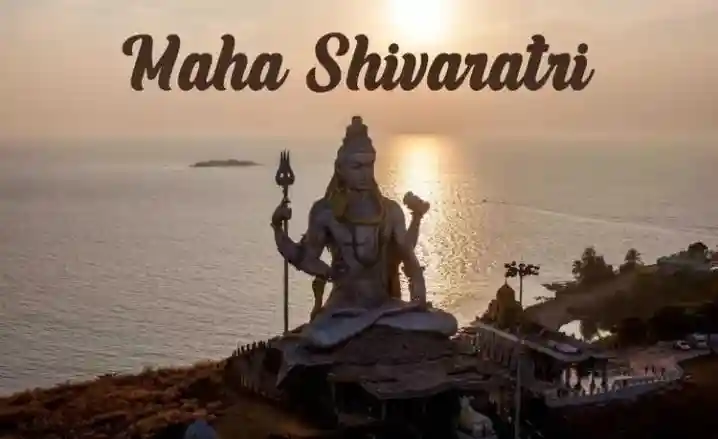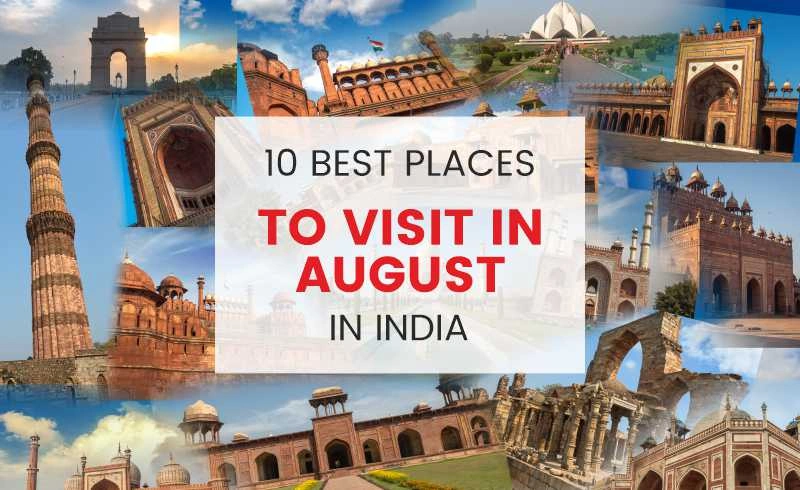Celebrating Maha Shivaratri 2025 in India: Temples, Traditions, and Travel Guide
- getsholidaysmci
- Aug 29
- 2 min read

Maha Shivaratri, the festival dedicated to Lord Shiva, is one of the most celebrated religious occasions in India. In 2025, this sacred night will unite millions of devotees who gather in temples, perform rituals, and immerse themselves in spiritual practices. For travelers, Maha Shivaratri also offers an extraordinary chance to explore India’s cultural and religious diversity, making it a unique spiritual journey.
The festival, observed in the month of Phalgun (February–March), is marked by fasting, night-long prayers, and offerings to the Shiva Lingam. Devotees stay awake through the night, chanting mantras and listening to devotional songs that honor Shiva as the destroyer of evil and the god of meditation. The abhishek ritual, in which the Shiva Lingam is bathed with milk, honey, ghee, and water, is performed at midnight and is believed to grant spiritual blessings.
For pilgrims and travelers, some temples in India stand out for their grand Maha Shivaratri celebrations. The Kashi Vishwanath temple in Varanasi, one of the holiest shrines of Lord Shiva, witnesses thousands of devotees chanting and offering prayers. In Ujjain, the Mahakaleshwar temple hosts spectacular rituals, while Somnath temple in Gujarat attracts devotees from across the country. Kedarnath, located in the Himalayas, is another iconic site that holds immense spiritual importance.
South India, too, is known for its grand observances. The Annamalaiyar temple in Tamil Nadu is famous for the Girivalam tradition, where devotees circumambulate the sacred Arunachala hill under the night sky. Chidambaram temple celebrates the cosmic dance of Shiva with great devotion. Each temple adds its own regional customs to the festival, making Maha Shivaratri a truly pan-Indian celebration.
Travelers planning to experience Maha Shivaratri 2026 should prepare for a blend of spirituality and cultural immersion. The atmosphere around temples is vibrant, with streets filled with the aroma of incense, the sound of temple bells, and the devotion of thousands of worshippers. Local fairs, food stalls, and devotional music add to the festive mood, making it not just a religious event but also a cultural spectacle.
The spiritual meaning of the festival makes it special even for non-devotees. Staying awake symbolizes vigilance over one’s thoughts and actions, while fasting reflects self-control. The legends associated with Shiva—his cosmic dance, marriage with Parvati, and his act of drinking poison—are retold through hymns and discourses, offering deep insight into Hindu mythology.
Maha Shivaratri is more than a ritual; it is a transformative experience. Whether you’re a devotee seeking divine blessings or a traveler exploring India’s traditions, the festival provides an opportunity to connect with spirituality on a profound level. Witnessing Maha Shivaratri in India is like stepping into a living tradition, where faith, culture, and devotion come together.
In 2025, if you wish to experience India beyond monuments and landscapes, plan your visit during Maha Shivaratri. The festival is not only a religious celebration but also a window into India’s timeless spiritual heritage.


Comments